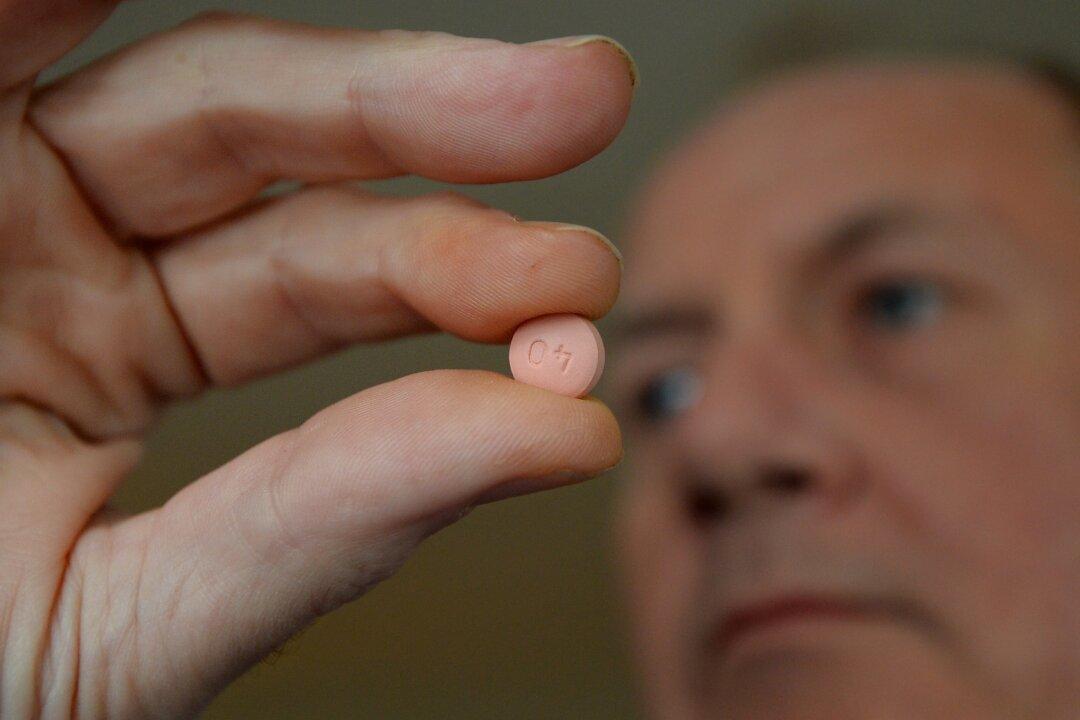Modern medical practice is engaged in a battle, not for hearts and minds, but for the conversion of perfectly healthy people into patients.
However, a substantial majority of these people, labelled “at high risk” of various diseases in the name of prevention, will not benefit despite the significant costs of preventive interventions. In fact, some may be harmed.

